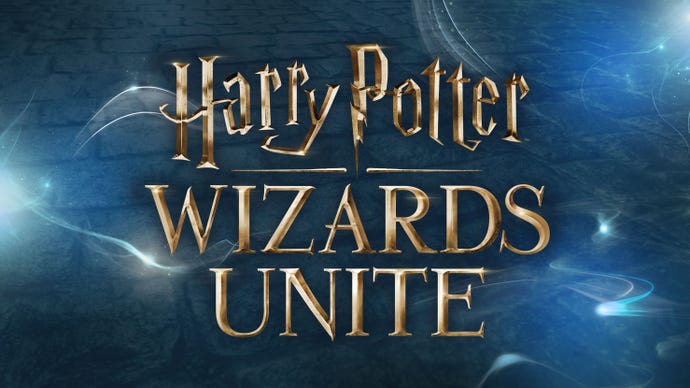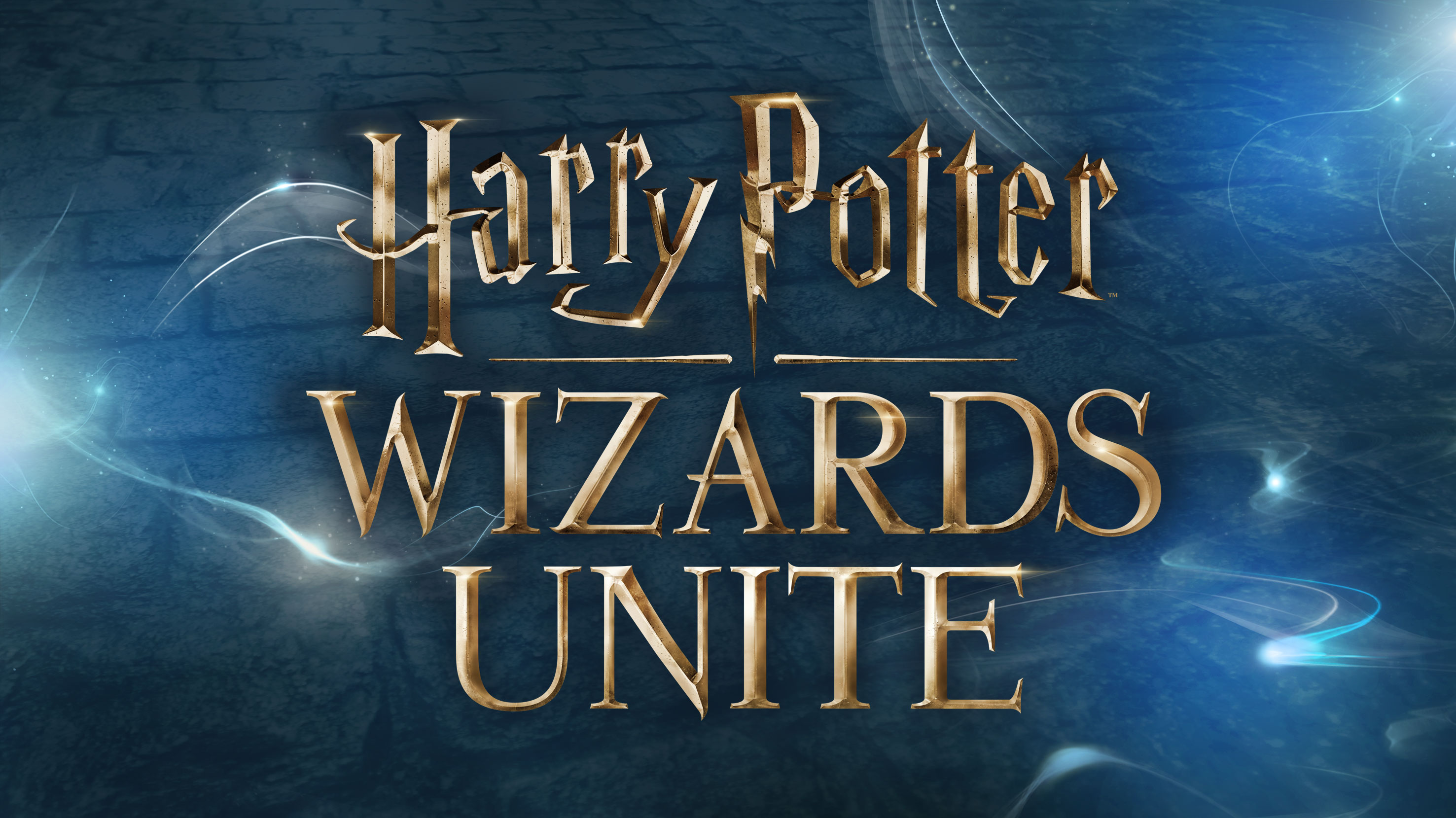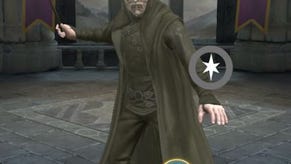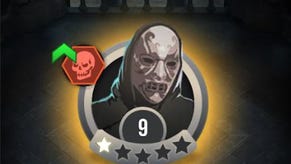Harry Potter: Wizards Unite is first-person wizarding on a global scale
The real magic of Harry Potter isn’t just the deep lore and cute creatures, but how it makes the fantastical feel ordinary. The witches and wizards that inhabit the Harry Potter universe are just regular people who happen to be able to do magic, and although they have their quirks, it feels like whatever your age, your Hogwarts letter could be in the post (just not on Sundays).
The new mobile game - Harry Potter: Wizards Unite - tries to capture that spirit of everyday magic.
“One of the most iconic moments of the franchise for me is Hagrid and Harry going to Diagon Alley for the first time,” Mary Casey, executive director of product at WB Games San Francisco, says. “You’re in sort of a dingy pub, then suddenly you’re in an incredible magical universe.”
“There’s this thin veneer between the real world and just behind it, that you can almost touch, is the magical world where ordinary objects become exciting.”
At the core of Harry Potter: Wizards Unite’s design philosophy was the concept of “first-person wizard”. Rather than create a character to customise, you make your own wand which pokes out from the bottom of the screen in battle. You mix your own potions, cast your own spells, and walk around locations from the books and movies with augmented reality Portkeys.
“We wanted to create a sense of realism,” Casey says. “You can walk around, collect ingredients and gather them. Then when you get home you can brew potions with them. That felt natural and something that you’d really do in the wizarding world.
“There were obviously design aspirations of making a game that people could engage with on their own terms, but also at the same time it’s something that we felt was natural, authentic, and matched the wizarding world.”
It’s not just totally mundane tasks that you’re concerned with however. In Wizards Unite, you sign up to the Statute of Secrecy task force to protect the muggle world from a deluge of magical objects and creatures scattered by the mysterious Calamity. These “Confoundables” threaten to reveal magic and cause chaos, and take a variety of forms.
While Warner Bros are involved, Wizards Unite is being developed in collaboration with and published by Niantic - best known for Pokemon Go - and used their geodata as a base.
The central concept of Wizards Unite doesn’t line up with exploration and geodata quite as perfectly as with Pokemon, which has lead the development teams to introduce more RPG-style features to give greater depth to the shared mechanics like Raids - which are called Fortresses in Wizards Unite.
You can take on Fortresses with up to five players, and choose between the Auror, Professor, and Magizoologist professions, which form a combat triangle with their own strengths and weaknesses.
“Aurors are a little bit like a glass cannon. They’re able to be really offensive and their health tends to be lower,” Casey explains.
“Professors can do a lot of support, and Magizoologists are a little bit more tanky. But it’s more nuanced than that. The classes are quite wide and you can specialise one way or another depending on what you want to do.”
“We’ve really tried to design it so that players who’re new to the game have challenges, but that those challenges do ramp. And that cooperation with other people with other professions, use of your charms and hexes, plus potions, are really needed for the later game.”
The core of the game is still a collect-a-thon though, and there’s a heck of a lot of Foundables to find - easily more than 100, with some objects requiring more than one capture to put back in their rightful place.
“That’s impacted by the number of players, the chamber number, and a whole ton of math that took ages to work out”, Casey says when I ask how often the rarest encounters appear.
“The main encounters when you’re walking around, we have this feature - Landmark Zones - where we take real-world locations and we create specific areas where certain Traces are more common.
“We have a whole set of things. One of our encounter types are called Oddities and each Oddity has its own rules - those rules are things like moon phase, or weather. They go down to region and different stuff. I wouldn’t call them region exclusives exactly, but there are regional variations, weather variations, time of day variations within that.”
Harry Potter: Wizards Unite is available now on iOS and Android in the US, UK, Australia, and New Zealand.
If you do give it a go, take a look at our tips on masterful spellcasting, and where to get more Spell Energy.










